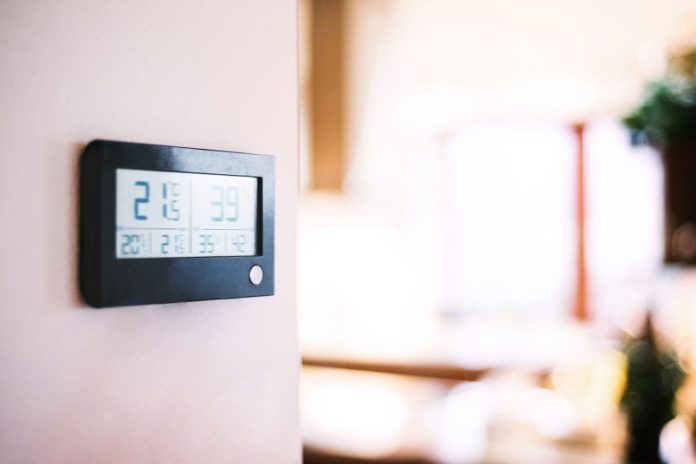
A team of researchers at Drexel University has come up with a creative way to keep buildings cool by taking inspiration from nature—specifically, the ears of elephants and jackrabbits.
These animals have large ears filled with blood vessels that help them stay cool.
The researchers used this idea to design a new type of wall material that can help buildings stay at a comfortable temperature while using less energy.
The new design, recently published in the Journal of Building Engineering, includes tiny hollow channels—like blood vessels—inside cement-based building materials.
These channels are filled with paraffin, the same material used in candles. This substance has a special property called “phase change,” which means it can absorb or release heat as it melts or solidifies.
This helps control the temperature of surfaces like walls, ceilings, and floors.
Why does this matter? Because buildings use nearly 40% of all the energy in the U.S., and about half of that goes to heating and cooling. Walls, windows, and ceilings lose a lot of heat—up to 63% of a building’s total energy loss.
While insulation helps, these parts of a building are still a weak point. The Drexel team wanted to turn this problem into a solution by making the building materials themselves help with temperature control.
“We looked at how the human body cools down—how blood moves to the surface and sweat evaporates to remove heat,” said Amir Farnam, one of the lead researchers. “We wanted to copy that process in buildings.”
Farnam’s lab has created other nature-inspired materials in the past, including concrete that melts snow and even “self-healing” concrete.
For this project, they 3D-printed the tiny channel structures, then filled them with paraffin. As the temperature rises, the paraffin melts and absorbs heat, cooling the surface. When it gets cooler, the paraffin solidifies and gives off heat, warming the surface.
The team tested many channel patterns and found the best design was a diamond-shaped grid. This version kept its strength while slowing down temperature changes by about 1 to 1.25 degrees Celsius per hour. That kind of temperature stability could reduce the work that air conditioners and heaters have to do.
They also found that adding small amounts of sand-like material to the cement helped strengthen it without affecting the cooling performance.
“Just like elephant ears, the more ‘vasculature’—or channel area—you have, the better the thermal performance,” said researcher Robin Deb.
This new material could help buildings respond naturally to temperature changes, making them more energy-efficient without adding complex technology. It could also reduce greenhouse gas emissions by lowering the need for heating and air conditioning.
The next step is to test different materials and designs over longer periods and in a wider range of temperatures. But the researchers are optimistic. “This is a low-cost, simple method with big potential,” said Farnam. “It could really help improve how we manage energy in buildings.”



